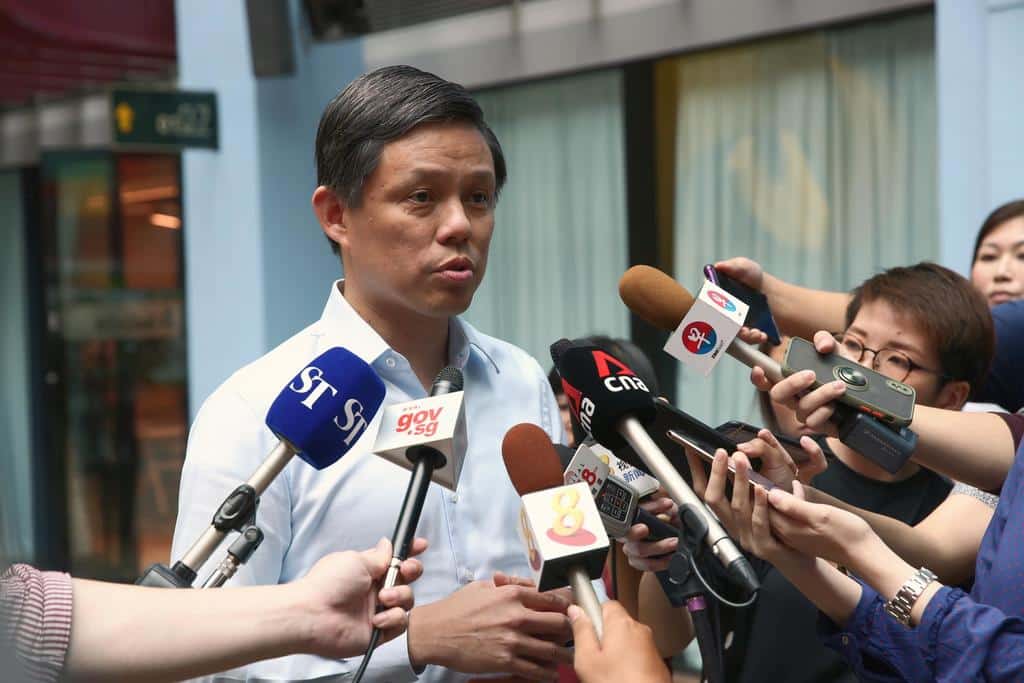With the overall deficit burgeoning to record high in over 10 years due to the stimulus package incorporated in Budget 2020, economists opined that its fiscal impulse should not be overstated. They believe that more support may be required especially in the event that the Covid-19 outbreak persists longer than predicted.
Fiscal policy on its own may not offer sufficient support, and so the Monetary Authority of Singapore (MAS) may opt for monetary easing at the April policy meeting.
Most economists’ expectations are shattered by the size of overall deficit of Budget 2020 which amounts to 2.1 per cent of gross domestic product (GDP) or S$10.9 billion. The measures within the budget have been praised as robust to combat the broader uncertainty and Covid-19 outbreak.
Chua Hak Bin and Lee Ju Ye, two analysts from Maybank Kim Eng, commented that “the large fiscal deficit does not necessarily imply a large fiscal stimulus over the next year, as many items involve sums… to be deployed in the future”. This goes for both the inevitable increase in goods and services tax (GST) hike to finance the S$6 billion stimulus spending as well as the S$5 billion allocated to the Coastal and Flood Protection Fund.
According to Barclays economist, Brian Tan, the S$17.3 billion in transfer spending is disbursed over the medium run, with the effect only manifesting after FY2020.
The budget’s fiscal impulse has been estimated to be 1.6 per cent of GDP by the Ministry of Finance. On the other hand, Mr Tan and Citi economists Kit Wei Zheng and Ang Kai Wei estimated it to be 1.4 per cent. Because “operating expenditure estimates appear aggressive by historical standards”, the two Citi economists noted that actual deficit could be less than projected.
Selena Ling, the OCBC Bank head of treasury research and strategy if the actual spending will be as highlighted by the budget, because in 2019, the S$3.48 billion planned spending which was “the largest deficit since 2015″ was only S$1.65 billion in actual spending.
The total $6.4 billion stimulus package to combat the effects of Covid-19 outbreak was just over 1 per cent of GDP. Jamus Lim, an economics professor at ESSEC Business School remarked that “to maximise the bang for the fiscal buck”, the amount could have been more to take advantage of the effectiveness of fiscal stimulus during economic contraction. Professor Lim said more direct government investment and consumption is to be welcomed, including government purchases in front-loading planned infrastructure, aviation or transport.
In addition to this, the Maybank Kim Eng economists opine that the package is generous but still limited: “The relief package may be sufficient to help firms cope with a short-lived one-quarter contraction, but may not be enough if the virus outbreak and contraction last for two quarters.”
Eligible tenants in government-owned facilities will also obtain half-month rental waiver whereas a one-month rental waiver will be offered to food stalls in government-managed hawker centres. “Some food services and retail businesses had probably hoped for more direct and extended help for a longer duration given the uncertainties about the Covid-19 outbreak,” Ms Ling added.
While markets are counting on the Covid-19 outbreak to be contained after Q1, Prime Minister Lee believes that the outbreak’s containment will not be as quick like the case of Sars in 2003 which continued from March to July.
Furthermore, tighter foreign worker quotas for the process, construction and marine shipyard sectors as well as the GST hike expected between 2022 and 2025 could “negate some of the fiscal support”, the Maybank Kim Eng economists highlighted.
With regards to the Jobs Support Scheme, the timing of it is another limitation whereby the payout for the 8 per cent wage offsets for locals for the last quarter of 2019 will only be paid by 31 July: “Companies with urgent cash-flow issues will have to plan for other short-term interventions to tide them over until these subsidies are disbursed” as noted by the legal firm Withers KhattarWong partner, Amarjit Kaur. Because of the S$3,600 limit on qualifying wages, companies with many high-income workers will also “have to continue to bear the lion’s share of their wages”.
In the midst of these perceived limitations, UOB economist Barnabas Gan opined that even if 2020 ends with a shortfall “there is still enough fiscal ‘powder’ left for additional measures if the Covid-19 outbreak extends beyond mid-2020” as there is a surplus of S$18.6 billion over the last four fiscal years.
As of now, Barclay’s Mr Tan foresees that MAS will flatten the slope of the Singapore dollar nominal effective exchange rate in April because fiscal policy alone is “unlikely to completely offset the economic effects of the outbreak”.
He further remarked that “even if the outbreak is contained by April, we believe MAS will conclude that a more accommodative FX policy stance is needed to help nurse the economy back to health”.
Citi economists share the same sentiment as Mr Tan in that, core inflation will likely slightly be below MAS’s forecast of 0.5 per cent to 1.5 per cent. Covid-19 outbreak influences and output gap exceeding 1 per cent of potential output both are weakening not only manufacturing sectors, but also others







